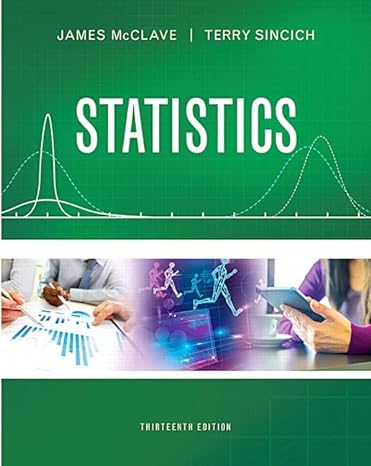Random mutation of cells. Chance (Spring 2010) presented an article on the random mutation hypothesis developed by
Question:
Random mutation of cells. Chance (Spring 2010) presented an article on the random mutation hypothesis developed by microbiologists. Under this hypothesis, when a wild-type organic cell (e.g., a bacteria cell) divides, there is a chance that at least one of the two “daughter” cells is a mutant. When a mutant cell divides, both offspring will be mutant. The schematic in the next column shows a possible pedigree from a single cell that has divided. Note that one
“daughter” cell is mutant ( ) and one is a normal cell ( ).
a. Consider a single, normal cell that divides into two offspring. List the different possible pedigrees.
b. Assume that a “daughter” cell is equally likely to be mutant or normal. What is the probability that a single, normal cell that divides into two offspring will result in at least one mutant cell?
c. Now assume that the probability of a mutant “daughter”
cell is .2. What is the probability that a single, normal cell that divides into two offspring will result in at least one mutant cell?
d. The schematic below shows a possible secondgeneration pedigree from a single cell that has divided.
Note that the first-generation mutant cell automatically produces two mutant cells in the second generation.
List the different possible second-generation pedigrees.
(Hint: Use your answer to part a.)
e. Assume that a “daughter” cell is equally likely to be mutant or normal. What is the probability that a single, normal cell that divides into two offspring will result in at least one mutant cell after the second generation?
Step by Step Answer:

Statistics Plus New Mylab Statistics With Pearson Etext Access Card Package
ISBN: 978-0134090436
13th Edition
Authors: James Mcclave ,Terry Sincich





